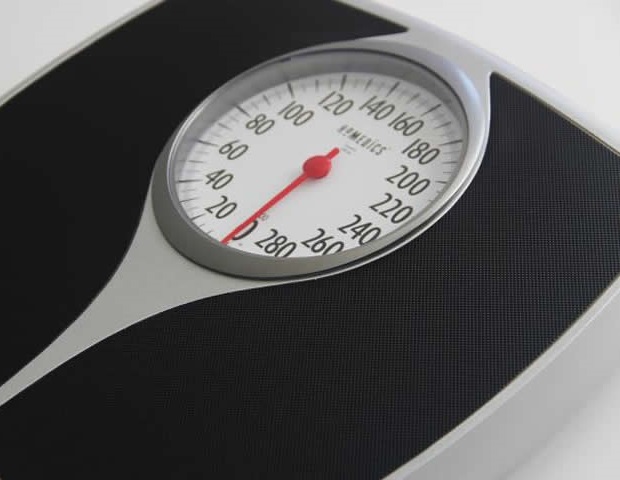
Study design
In this longitudinal study, pregnant women who underwent prenatal examination at a Grade 3 A hospital in Bengbu City were selected from November 2022 to March 2023, and follow-up investigations of fear of childbirth and prenatal depression during pregnancy were carried out at three time points: ≤16 weeks of gestation (T1) [8], 22 ~ 26 weeks of gestation (T2), and 34 ~ 36 weeks of gestation (T3). The follow-up time points were developed according to the conclusions of related studies and based on pregnancy healthcare guidelines, and because some studies have shown that fear of childbirth is lowest at 22 ~ 26 weeks of gestation [17], the present study used 22 ~ 26 weeks of gestation as the time point for the second measurement of mood during pregnancy. Since full-term birth was achieved at 37 weeks of gestation, 34 ~ 36 weeks of late gestation was used as the time point for the measurement of third-pregnancy emotions to minimize missing data due to full-term childbirth.
Participants
A convenience sampling method was used to select the study population. The inclusion criteria were age ≥ 18 years, gestational week ≤ 16 weeks [8], singleton pregnancy, reading, and comprehension ability, and provided informed consent. The exclusion criteria were pregnancy with severe heart disease, diabetes mellitus, liver and kidney disease, or a history of mental illness. The Elimination criteria were abnormal fetal development requiring termination of pregnancy, miscarriage, stillbirth, neonatal death, maternal death, a request to withdraw, and incomplete completion of the questionnaire. According to the principle of reliable sample size analysis with a minimum of 200 patients for structural equation modeling [18] and taking into account a 10–15% loss of visits, a total of 276 pregnant women were ultimately included in this study.
The study was conducted with the consent of the relevant departments and relevant ethical approval was obtained. In stage T1, questionnaires were distributed by the researchers in the antenatal clinic, and after obtaining informed consent, the pregnant women were asked to fill out the questionnaires on-site and add their contact information to invite them into the WeChat group, resulting in the collection of a total of 276 pieces of data. In stages T2 and T3, questionnaires were collected in combination with online and offline forms, and 230 and 241 data points were recovered, respectively. The reasons for sample loss included study participants’ refusal to complete the questionnaires and out-of-hospital prenatal examinations. After the data were collected 3 times to remove participants whose questionnaires had less than 3 data points and who did not answer seriously, a total of 219 valid data points were obtained, for a longitudinal attrition rate of 20.65%.
Measurement
General information questionnaire
A general information questionnaire designed by the researcher herself was used for the survey. In the T1 stage, age, gestational week, number of deliveries, marital status, and other information were investigated. In the T3 stage, whether pregnant women were regular in obstetric examinations, whether they participated in prenatal education, whether they used pregnancy and parenting apps, and so on were investigated.
Wijma delivery expectancy/experience questionnaire(W-DEQ)
The questionnaire was developed by Swedish scholar Wijma in 1998 based on Lazarus’ theory of stress coping and was used mainly to measure the level of maternal fear of childbirth [19]. The questionnaire contains 33 items, 16 of which are positive and 17 of which are negative. On a 6-point Likert scale (0–5 points), the negative responses are reverse scored, ranging from 0 to 165 points, with higher scores indicating a greater fear of childbirth. Severeness can be classified according to the score of the questionnaire: ≤37 indicates mild fear, 38 ~ 65 indicates moderate fear, 66 ~ 84 indicates high fear, and ≥ 85 indicates severe fear with clinical diagnostic significance [19]. In this study, a score of ≥ 85 was considered to indicate the presence of fear of childbirth [20], because severe fear of childbirth can cause serious effects on the health of mothers and infants. The Chinese version was developed by our scholar Shanshan Liu in 2015, with a Cronbach’s α coefficient of 0.914 and a retest reliability of 0.882, indicating that the questionnaire has excellent reliability and validity [21]. The Cronbach’s α coefficients for the three assessments were 0.892, 0.924, and 0.836, respectively.
Edinburgh postpartum depression scale (EPDS)
The scale was developed by Cox to assess maternal mood state in the past week [22], and its Cronbach’s α coefficient was 0.890. This scale contains 10 questions, each of which has 0–3 points, and the total score ranges from 0 to 30 points; the higher the score is, the greater the level of depression. A study by Yanjia Liu in China concluded that this scale has full measurement equivalence in prenatal and postnatal groups, with a Cronbach’s α coefficient of 0.760 [23], and is currently the most commonly used tool for the assessment of perinatal depression. By reviewing domestic and international literature, the present study used a score of ≥ 13 as the cutoff value for prenatal depression. The Cronbach’s α coefficients for the three measures were 0.825, 0.864, and 0.892, respectively.
Analysis
SPSS 25.0 software was used to organize and analyze the data, with statistical descriptions presented as the mean standard deviation or percentage. The relationship between fear of childbirth and prenatal depression was analyzed by Pearson’s correlation, and the reliability of the questionnaire was measured by Cronbach’s α coefficient. Cross-lagged analysis was performed using Mplus 8.0 software to explore the causal relationship between fear of childbirth and prenatal depression over time. The cross-lagged model was established and the path coefficients were estimated. The reliability of the questionnaire was measured by χ2/df, the Graceness of Fit Index (GFI), the Comparative Fit Index (CFI), and the Root Mean Square Error of Approximation, RMSEA) were used to evaluate the model fit, where χ2/df < 3. The closer the GFI is to 1, the closer the CFI is to 1, and the closer the RMSEA is to 0, the better the model fit. The test level was α = 0.05.
link







